Cover cropping is an incredibly beneficial practice for anyone who gardens. It helps improve the soil, protect the environment, attract pollinators, and so much more. Unfortunately, most gardeners think of cover cropping as a practice for the off season. However, summer cover crops have a lot of unique benefits and you can work them into your garden without giving up any production.
Benefits of Summer Cover Crops
Summer cover crops can help improve your soil health and production during the season. They also help protect your garden and the environment in several essential ways.
Reduce erosion. Usually associated with fall and winter storms, erosion isn’t a major focus in summer, but it can happen any time of year. It’s a critical issue in the United States. Scientists estimate that we’ve lost 30% of our topsoil in the past 200 years.
In summer, all it takes is a strong thunderstorm rolling through to wash away loose soil or drying winds picking up soil particles. You should never leave your soil bare.
Erosion doesn’t just negatively affect your garden health, it has significant impacts on the ecosystem. Eroded sediment and nutrients end up in streams, rivers, and eventually the ocean, where they can cloud waters and cause toxic algae blooms.
Having cover crops on the soil also allows for better water infiltration and soil structure which can help you create a more drought resistant garden.
Suppress weeds. Weeds are at their most aggressive in summer, which is why it’s a key time to get ahead of them with cover crops. Quick growing cover crops can crowd out and shade weeds, suppressing them for later vegetable crops.
Some cover crops like buckwheat and sorghum sudangrass also release chemicals to prevent the germination or growth of weed in a phenomenon called allelopathy.
You can also kill the cover crops through rolling or mulching and leave them on the surface as mulch. Then transplant crops into the mulched bed. The mulch will continue suppressing weeds as it breaks down.
Attract beneficial wildlife and insects. Beneficial animals and insects are some of the gardener’s best allies. Some like hummingbirds, flies, bees, and butterflies pollinate crops. Others like swallows, bluebirds, toads, wasps, lady beetles, lacewings, and wheel bugs feed on common garden pests, keeping their populations low. A few, like earthworms, millipedes, and pill bugs, help break down organic matter, improving soil structure.
None of these animals or insects thrive in areas with bare soil. Sowing cover crops provides cover and food sources. Some cover crops like buckwheat and hairy vetch also have flowers that may help attract predatory wasps, bees, and other pollinators.
Fix nitrogen. Certain cover crops are nitrogen fixers. These plants have a symbiotic relationship with specific bacteria. The bacteria colonize the plant’s roots and pull nitrogen out of the atmosphere. The bacteria use the nitrogen and then it becomes available to the plant.
These nitrogen-fixing plants include a few summer cover crops like southern peas, soybeans, buckwheat, sunn hemp, and hairy vetch.
To make the nitrogen available to your next crop, the cover crop needs to die and decompose. Depending on the crop, you can kill it by cutting it, tilling it under, tarping it, or waiting for frost to kill it in the fall.
Add organic matter. Fast-growing summer cover crops are a great way to add tons of biomass to the soil. As they break down, they add organic matter, which improves soil structure, increases water infiltration, provides nutrients, and increases microbial and beneficial insect activity.
Impact plant diseases. In some cases, summer cover crops may help disrupt disease cycles in the garden. Some research has shown reductions in blight in no-till, cover crop gardens. 
How to Work Summer Cover Crops into Your Garden Plan
You don’t need to give up production to grow summer cover crops! There are several ways you can squeeze cover crops into the summer garden without sacrificing your vegetables.
Use pathways. If your garden has pathway space, you can take advantage of it by sowing it in a cover crop like white clover which will tolerate some traffic. You can mow the paths and apply it as mulch under other crops.
Interplant. You can also interplant cover crops. Strips of clover, vetch, and other cover crop can have amazing benefits. According to the North Carolina State Extension, “research in Georgia reported high densities of big-eyed bugs, lady bugs, and other beneficial insects in vetches and clovers.” They also found that, “assassin bugs have destroyed Colorado Potato Beetle feeding on eggplant planted into strip-tilled crimson clover.”
You can grow some cover crops in between other crops. Plant soy beans or southern peas beneath tall crops like corn or sunflowers. You can also grow fast-growing cover crops like buckwheat between hills of vining crops like winter squash or melons. Cut the buckwheat as the vine start to sprawl and use it as mulch.
Pull unproductive crops immediately. If your lettuce has bolted, radishes have gone woody, or beans are slowing down, consider pulling them and sowing a summer cover crop. While letting lettuce flower and beans decompose naturally may provide some minor benefits, using a cover crop is a more productive use of the space.
Beat the heat. In the Deep South, the hottest days of summer can limit vegetable production. Rather than fighting the heat to eek out more production, you may just want to avoid it. For some crops like brassicas, greens, bush beans, and cucumbers, you can get plenty of production in the early summer and fall.
Take well-earned breaks. If you find your garden is getting away from you and your summer is busier than expected, it may be worth sowing a cover crop rather than another succession. A cover crop will essentially take care of its self while improving your soil for another crop in the fall or next season. Sometimes this is more productive than sowing more beans, squash, or other vegetables you won’t have the time to weed, harvest, and preserve.
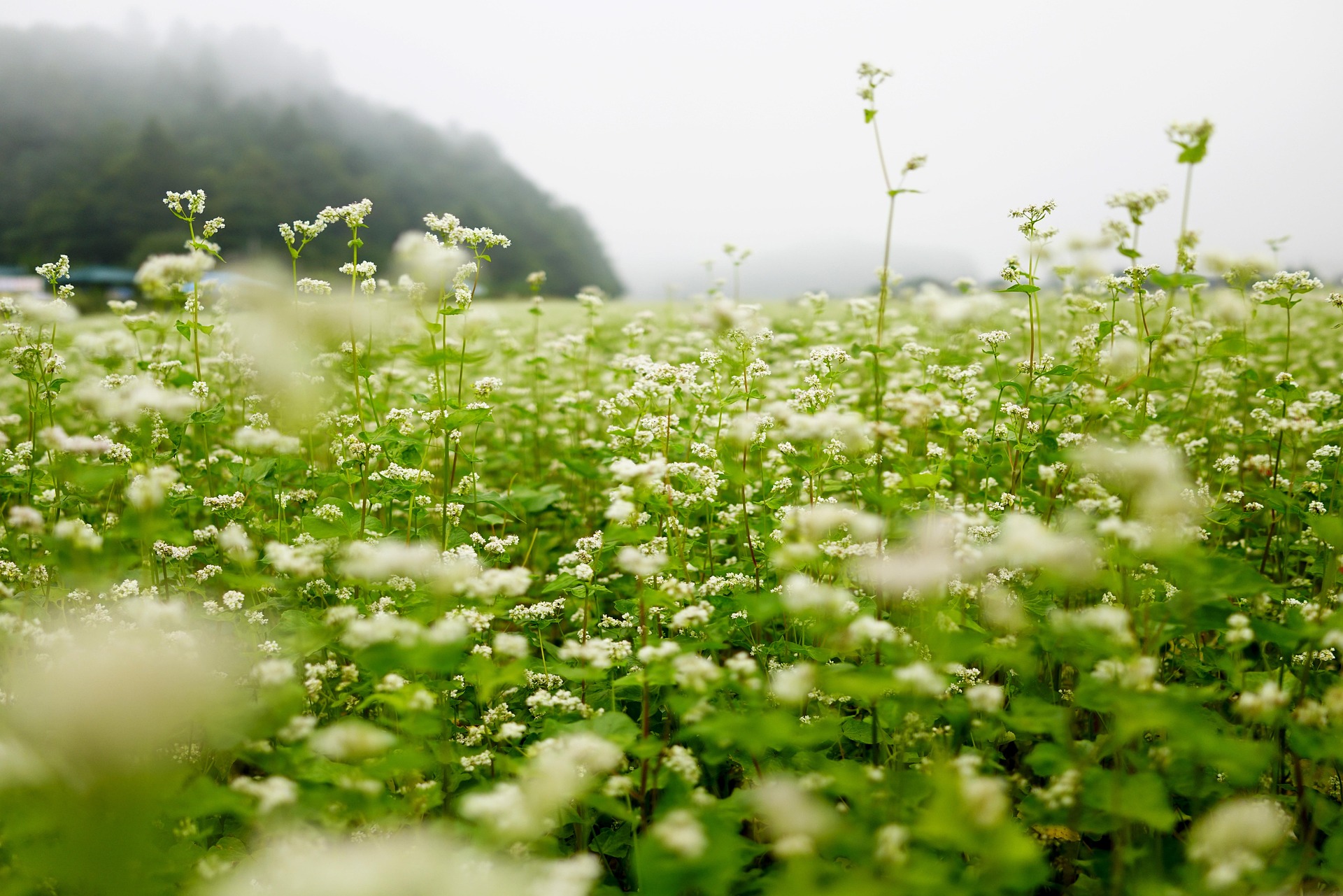
How to Select a Summer Cover Crop
All summer cover crops have their pros and cons. What cover crop you should choose will be based on a few factors:
- Time Available
It’s easiest to choose and appropriate cover crop when you have a good garden plan. Maybe you want a heat tolerant cover crop to grow for 30 days in the middle of summer in between squash plantings. Buckwheat may work in this scenario. Maybe you have an empty bed 80 days before your first frost and want a cover crop that will die back and allow you to plant fall garlic. Sunn Hemp could be a good choice. - Frost Tolerance
Some summer cover crops like buckwheat, are frost sensitive and will die with the first frost in fall. Others, like clover and oats, will continue to grow. - Nitrogen Fixation
If your next crop is a heavy feeder like broccoli, corn, garlic, onions, or tomatoes, choosing a nitrogen fixer like sunn hemp, hairy vetch, clover, soy beans, or southern peas is a great option. - Biomass Production
If adding organic matter to the soil is a priority, you’ll want to choose a cover crop that quickly puts on a lot of biomass. One of the best options is sunn hemp which can reach 6 feet tall in 60 days. Other good options include buckwheat, millet, sorghum sudangrass, vetch, oats, and barley.
Here are a few summer cover crops you may consider. Listed with each are some of their important features.
Buckwheat
- Blooms and is ready for incorporation in 30 to 45 days.
- Fast growing.
- Frost sensitive.
- Flowers attract bees and parasitic wasps.
- Tender stems are easy to cut down.
- Deep root system is adept at mining subsurface minerals.
Pearl Millet
- Ready for incorporation in 40 to 60 days.
- Grows well in acidic soil and poor soil.
- Thrives in warm climates.
- Drought tolerant.
- Excellent biomass producer growing 3 to 6 feet.
- Frost sensitive.
Sunn Hemp
- Ready for incorporation in 60 to 90 days.
- Fast growing and excellent producer of organic matter (may reach 6 feet).
- Nitrogen fixing.
- Frost sensitive.
- Suppresses nematodes.
- Thrives in hot climates.
- Tolerates drought.
- Extract nutrients from deep within subsoil.
Soy Beans
- Ready for incorporation in 45 to 60 days.
- Fast growing.
- Tolerates hot weather.
- Nitrogen fixing.
Southern Peas
- Ready for incorporation in 50 to 60 days.
- Vigorous.
- Drought tolerant.
- Nitrogen fixing.
- Sprawling vines.
Sorghum Sudangrass
- Ready for incorporation in 60-70 days.
- Suppresses weeds.
- Suppresses nematodes.
- Loosens subsoil and reduces compaction.
- Excellent biomass producer growing 5 to 12 feet tall.
- Provides habitat for beneficial insects like lacewings.
- Requires a large mower and is tough to cut with hand tools.
Oats
- Ideal for late summer and early fall planting.
- Grows quickly.
- Produces plenty of biomass or mulch.
- Frost hardy.
- Oats will get winter-killed when temperatures drop below 10°F.
- In cold climates, it makes an excellent mulch for spring crops and in arm climates you can cut it in spring.
Barley
- Ideal for late summer and early fall planting.
- Frost hardy.
- Drought tolerant.
- Barley will get winter-killed when temperatures drop below 17°F.
- In cold climates, it makes an excellent mulch for spring crops and in warm climates you can cut it in spring.
Hairy Vetch
- Ideal sowing period from August 1st to November 1st.
- Highly efficient as a nitrogen fixer, it’s recommended to wait until at least 50% of the plants have flowered before mowing the crop to maximize nitrogen fixation.
- In the spring, after flowering starts, mow the vetch and transplant tomatoes or other large plants directly into it, or till it under.
Clover
- Cold tolerant perennial.
- Versatile and may be sown in winter, spring, late summer, or fall.
- Excellent for suppressing weed growth.
- Nitrogen fixing.
- Attracts beneficial insects.
- Acts as a living mulch in paths or between rows.
Creating a sustainable, productive garden means that we’re focusing on soil health year round. As you plant and plan your garden this season, think about where you may be able to sneak in a few summer cover crops.


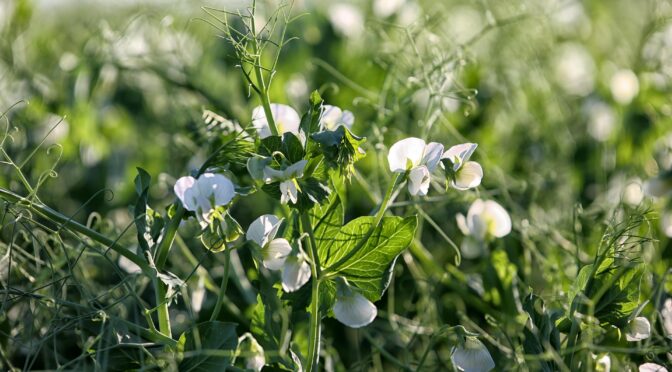
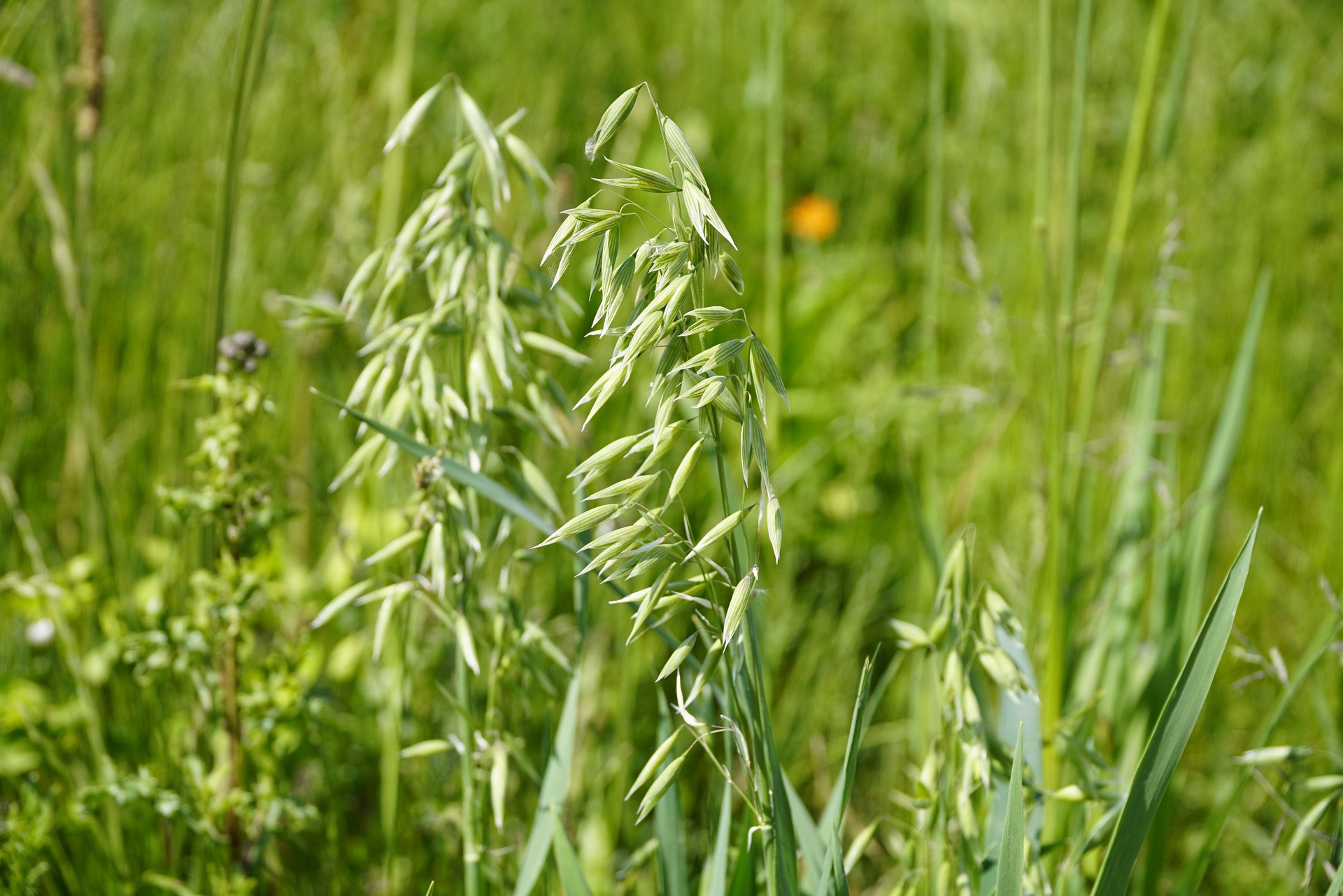
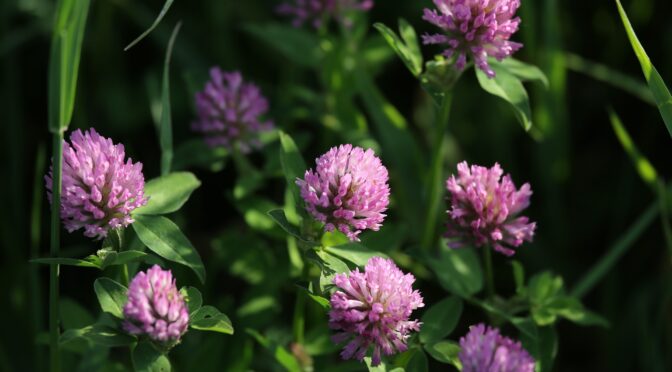
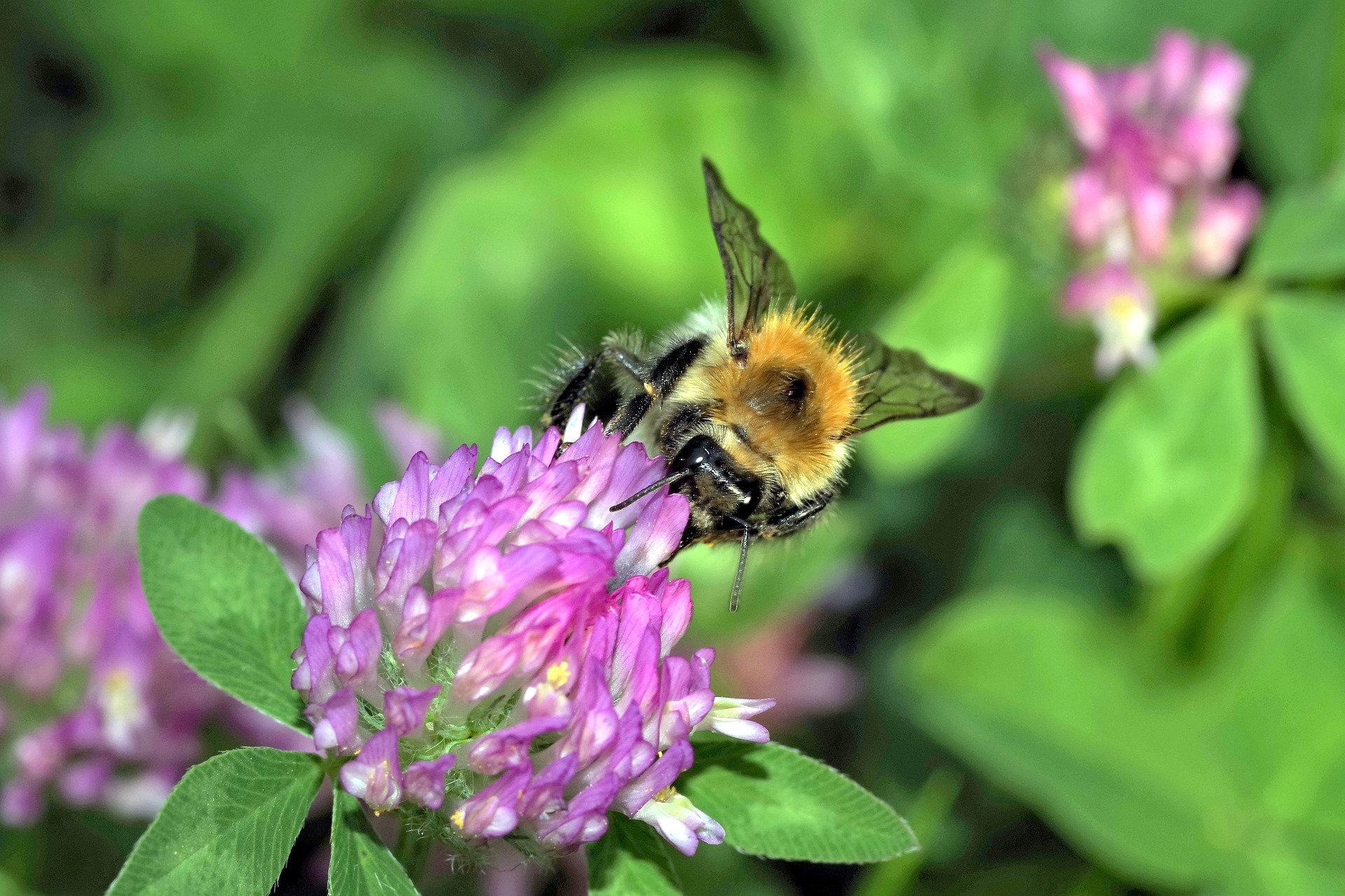
 Red Clover Tea
Red Clover Tea